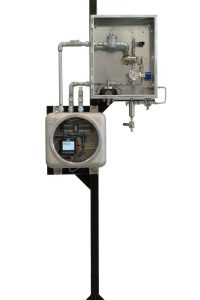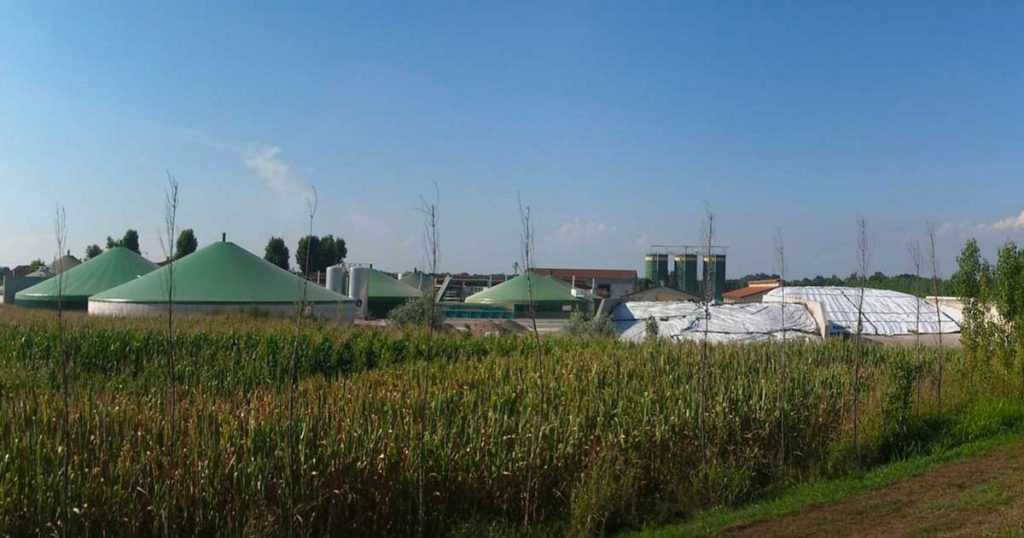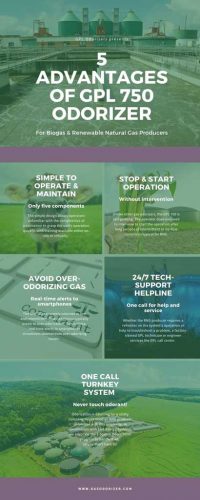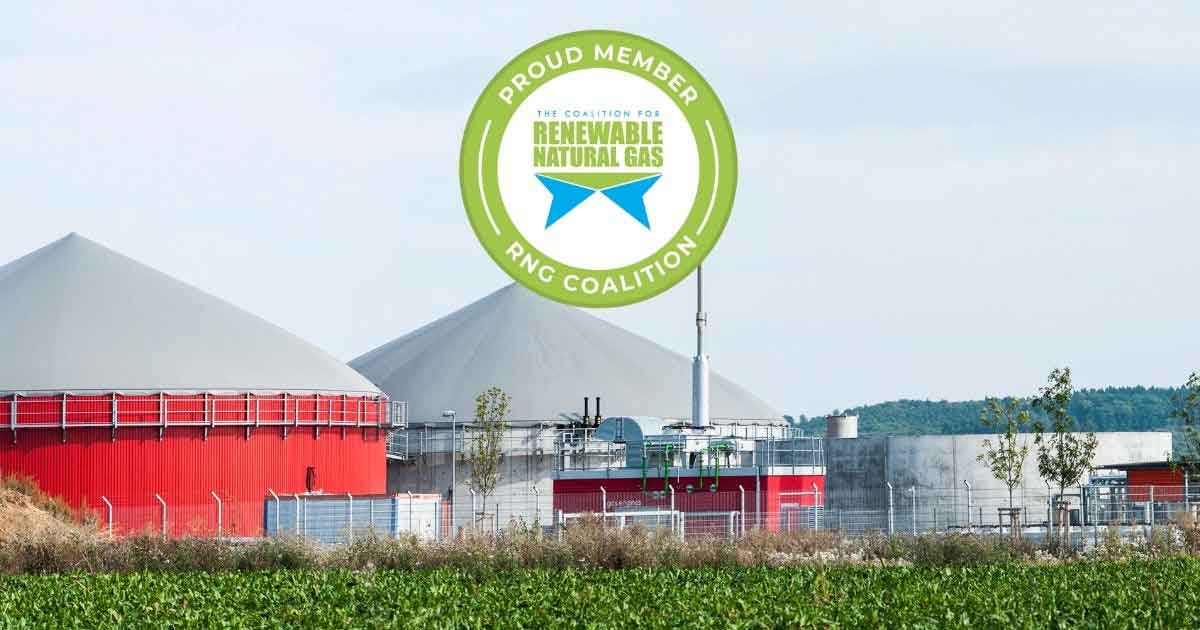With the emergence of biogas and renewable natural gas (RNG or biomethane), there is an increasing need for specialized odorization systems to safely and accurately odorize these gases.
Parties to an RNG Interconnection Project
Biogas is processed or “upgraded” to remove CO2 and trace elements so that the biomethane (RNG) is similar in quality to fossil natural gas. Once upgraded, the gas can be added to the existing natural gas distribution grid.
While agreements can differ from contract to contract, in most Renewable Natural Gas (RNG) interconnection projects, there are two main parties, the producer/developer and the pipeline operator, usually the local distribution company (LDC). The producer/developer usually recovers the gas and processes it to meet pipeline transportation requirements. The producer can be the owner of the digester, a process developer, or even the local utility company. A pipeline operator (which may be an LDC) transports the gas and may purchase it or transport it to a third party for purchase and use.
GPL 750 RNG Advantages for Biomethane Producers
Some of the challenges associated with these gases are intermittent gas flow and pressure variation within the process. Achieving accurate odorization in a system with a wide flow range and pressure changes is an obstacle for most odorizers.
The GPL 750 RNG offers five competitive advantages when odorizing renewable natural gas (RNG)/biomethane and biogas. Download the GPL 750 RNG product sheet.
#1 – GPL 750 RNG is Simple to Operate and Maintain

Pictured is a GPL 750 with intrinsically safe electronics on a stand. The 750 RNG comes in various mounts and configurations.
The responsibility of odorization falls upon the developer/producer to upgrade the gas to meet pipeline requirements. When the producer is a digester owner (e.g., crop or animal farmers), they are likely unfamiliar with odorization.
The GPL750’s straightforward design allows operators unfamiliar with the complexities of odorization to grasp the unit’s operation quickly after a brief training session. The odorizer contains only five components. Training with factory technicians is available either on-site or over the phone. On average, when troubleshooting system interruptions, the resolution typically comes within 30 minutes, and the operator does not need to come in contact with the odorant.
#2 – Stop & Start Operation without Intervention
Many RNG pipelines run intermittently and can be down for days and even weeks at a time. This “stop and start” operation is mainly due to irregular flow from various factors, such as no downstream demand, system upset, or gas quality issues causing shut-in. The unsteady gas flow is challenging for most odorization systems, frequently requiring operator intervention.
The GPL 750 RNG system is self-priming and can handle long periods of no flow (no odorant injection). After a period of no-flow, the differential pressure actuates the odorant into the pipeline when gas flows. In this case, the higher pressure in the odorant tank drives all vapor entrained in the system toward the drip chamber, priming the system automatically without operator intervention.
#3 – Avoid Over-Odorizing Gas with Alarms and Monitoring
RNG pipelines typically flow less than 20 MSCFH, making them prone to over-odorizing problems with most small-gas volume odorizers. Over odorization creates significant issues in the downstream system.
The GPL750 RNG comes standard with the ability to monitor odorant injection rates, customizable alarm setpoints, and real-time information delivery to the plant or gas company RTU via digital outputs or Modbus, all minimizing over-odorization issues.
#4 – 24/7 One-Call Service Line
The GPL Odorizers Service Department has a 24/7 call line providing support on any issues related to the use of GPL 750 RNG. Whether the RNG producer requires a refresher on the system’s operation or troubleshooting a problem, the support line is always available. The service line will coordinate service through the GPL-authorized service provider if in-field service is required.
Linc Energy Systems is the authorized service provider and exclusive master distributor for GPL Odorizers. The company has 30 plus years of experience servicing gas utilities. Linc Energy Systems is experienced with all aspects of odorization and even provides a 1-Source Odorization program.
#5 – 1-Source Odorization Means Hiring One Expert to Do It All
The execution of any odorization project can be daunting, even for a seasoned gas utility company. Many biomethane/RNG producers are farmers, and they are unfamiliar with the complexity of odorization.
Through the partnership agreement between Linc Energy Systems and GPL Odorizers, we advocate the Linc Energy 1-Source Odorization solution. Hire one expert to provide all aspects of odorization, from design & engineering, acquisition of all material, implementation & service equipment to disposal & decommissioning of equipment. Depending on the options provided, the RNG producer can customize its selection, so they never need to touch odorant. If you want to learn about 1-Source Odorization, download the product sheet or contact Linc Energy Systems.
The GPL 750 RNG excels in odorizing biogas, biomethane, and renewable natural gas (RNG). Because of its simplicity and service options, the GPL 750 RNG is the prime choice for producers/developers not entirely familiar with the complexity and regulations of odorization.
Image by ADMC from Pixabay




